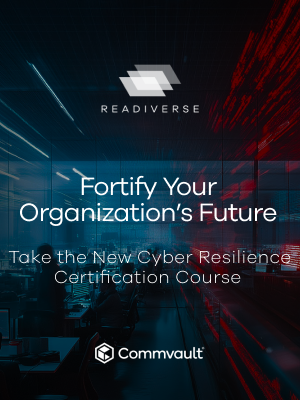Hi Guys,
As we are preparing to create a replicated data to a new DR site, using DASH copies to get the best performance possible, we also thought about harden the data sent there with the use of WORM.
We already know that CV has its own WORM property, and actually, the storage that we have in the DR (Huawei Oceanstore 100D) has its own built-in WORM protection.
My question is, can the activation of WORM be made on both sides (CV + Storage) without issues ? Or, should it be one side only ?
Thanks guys.









